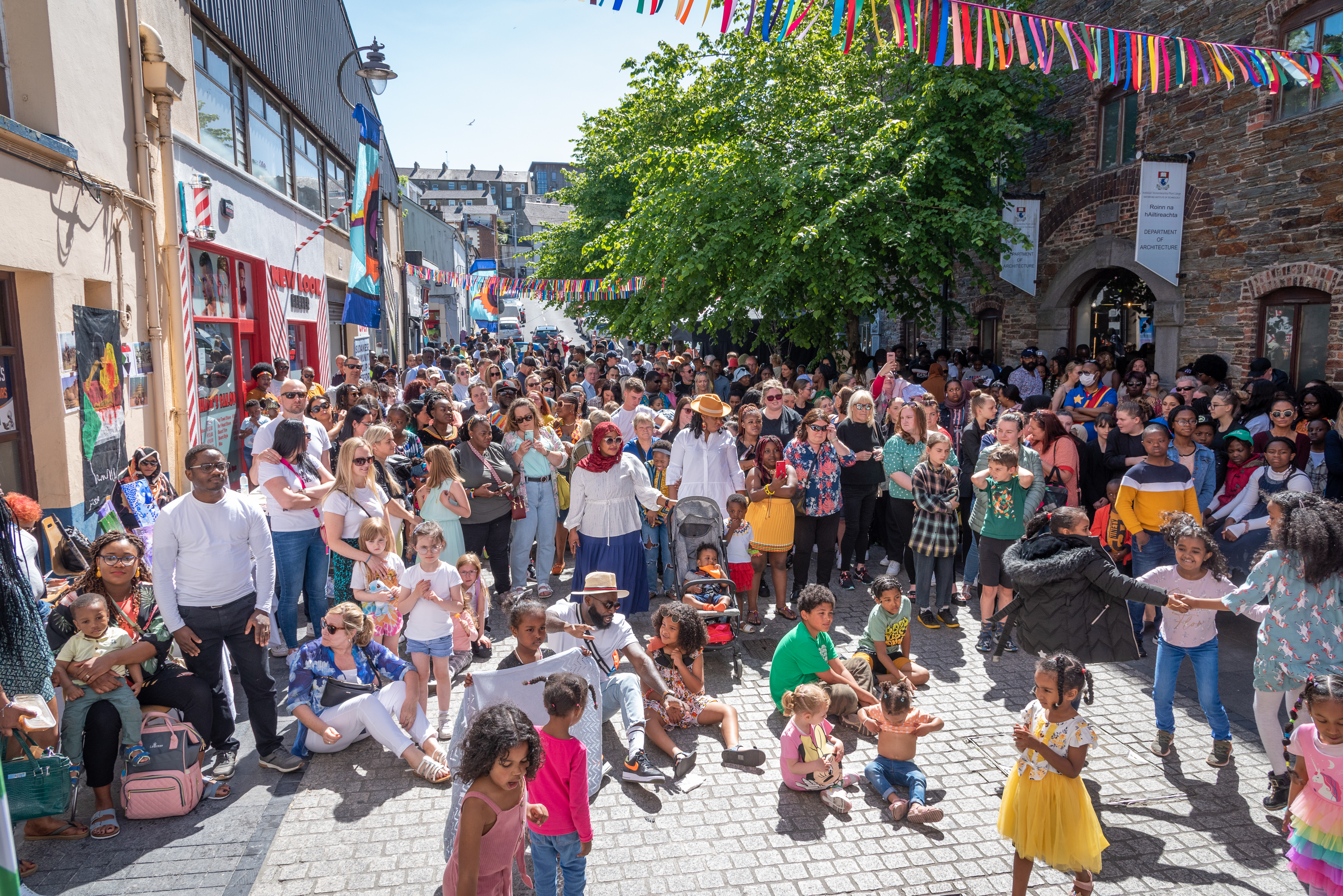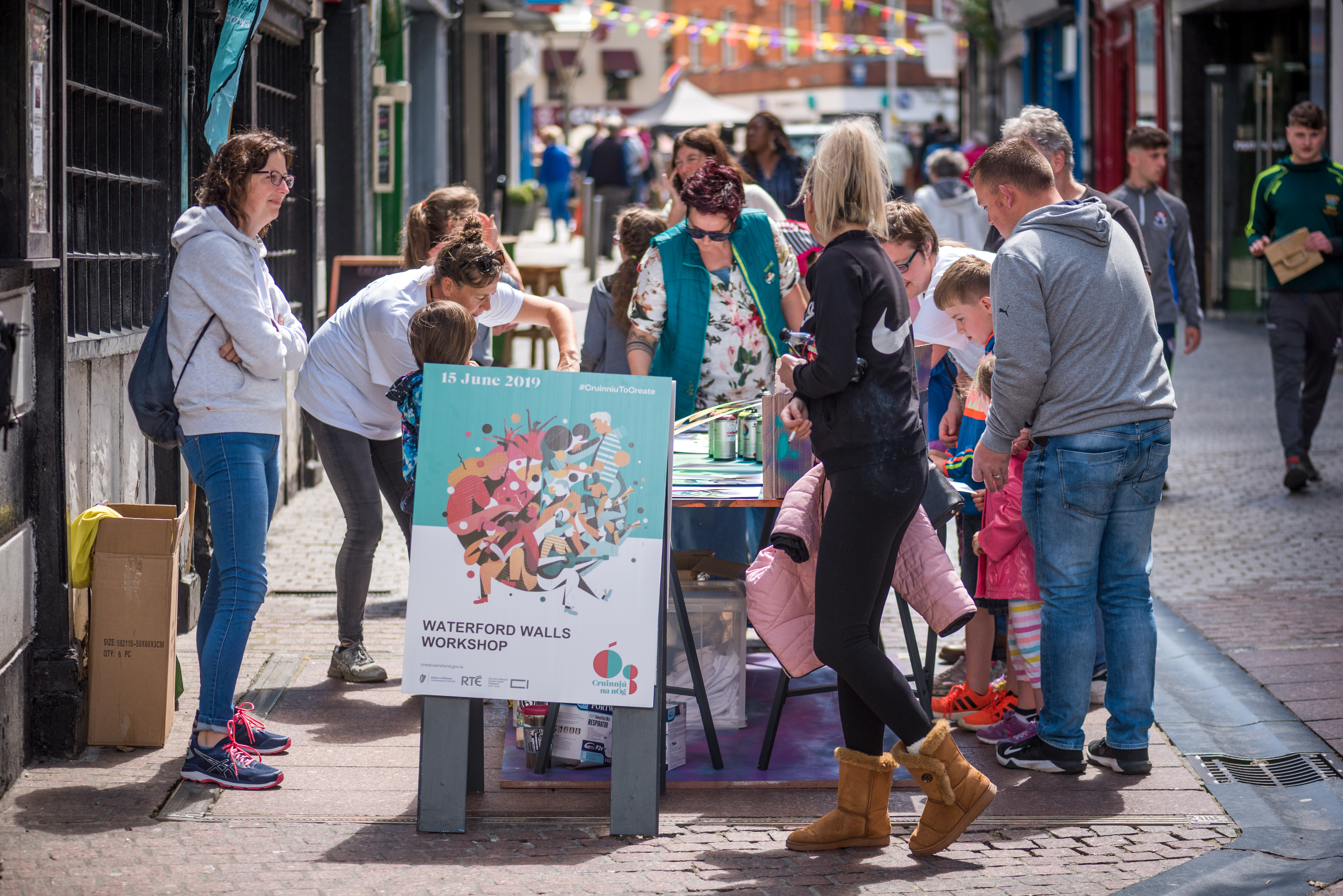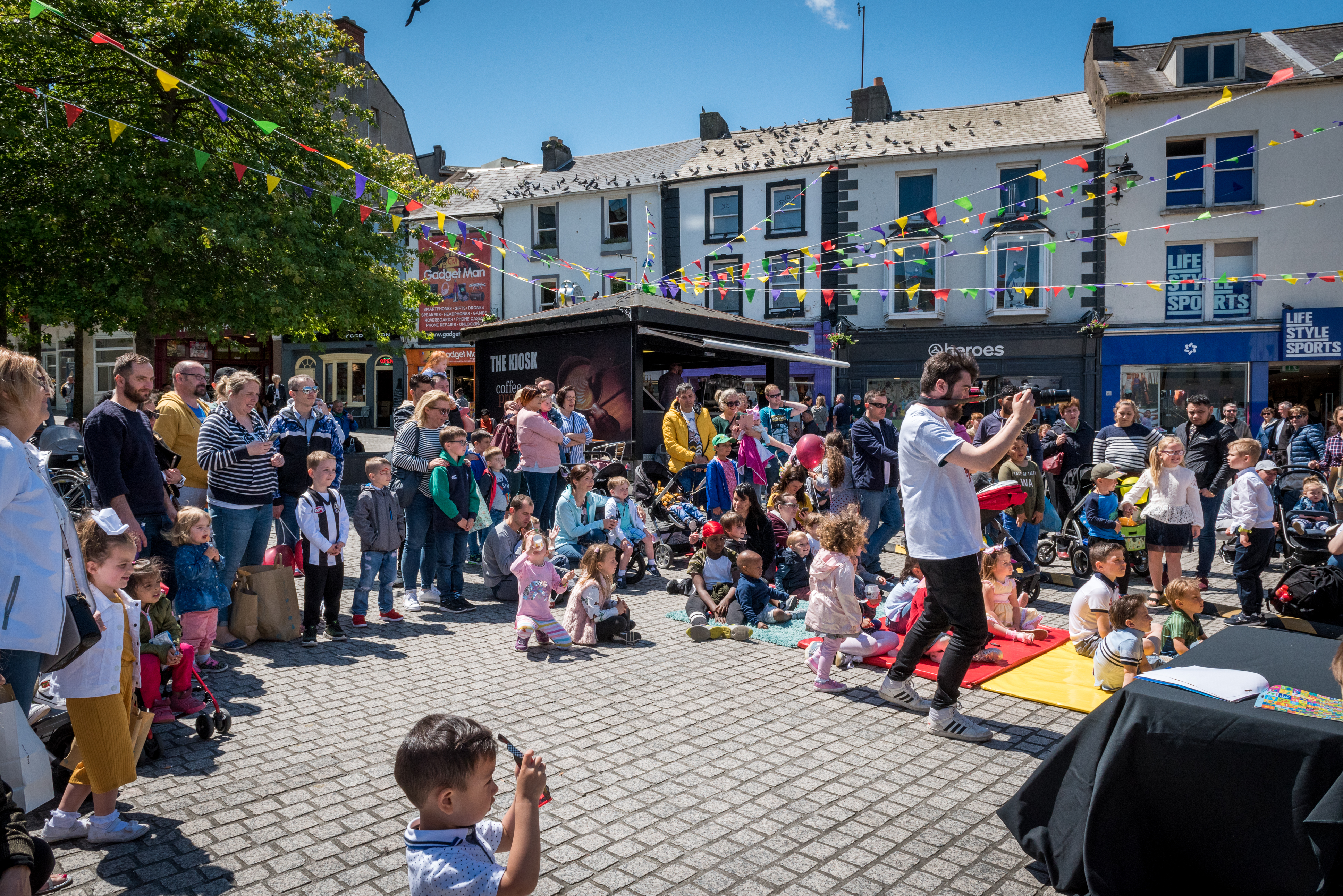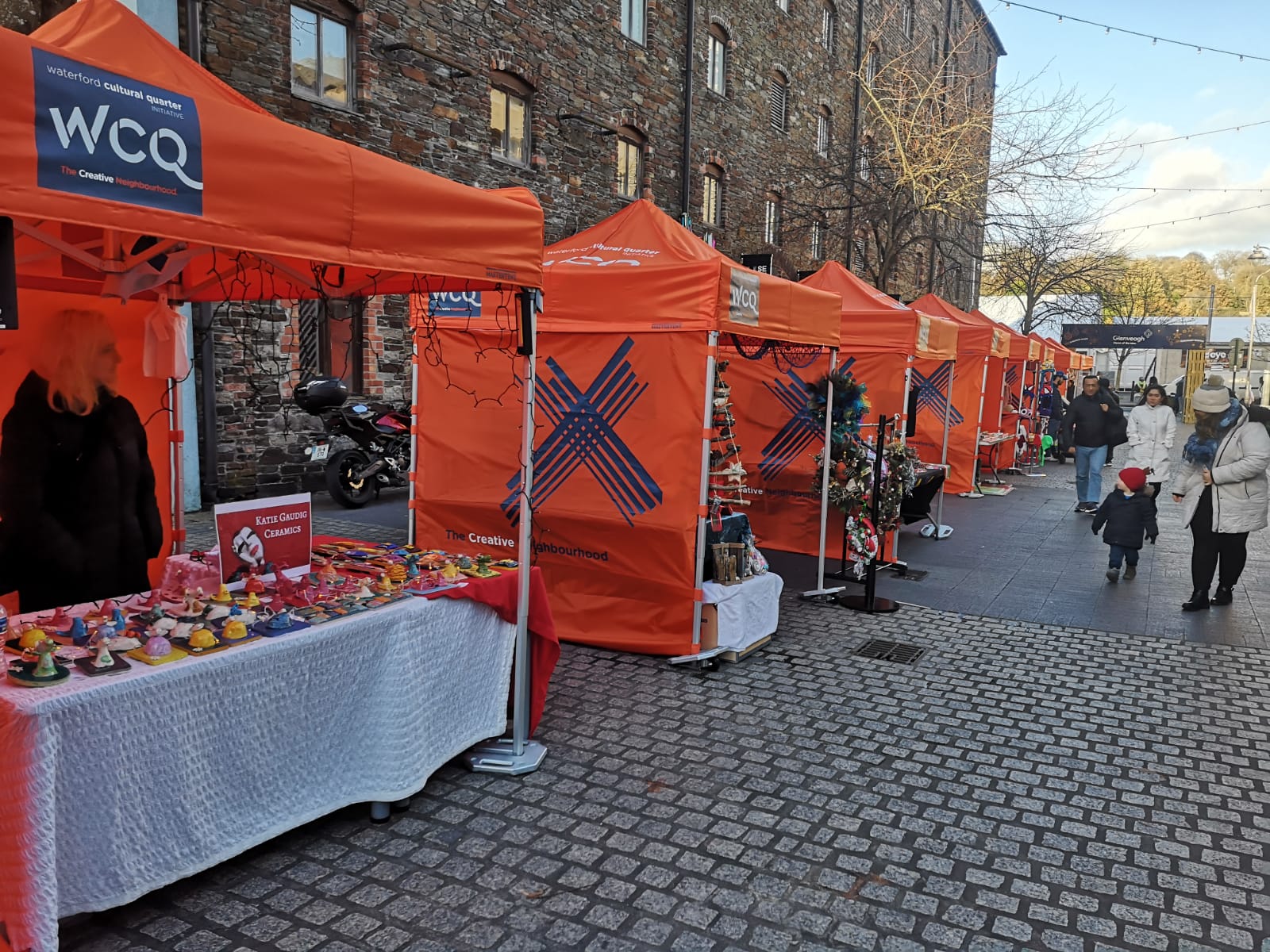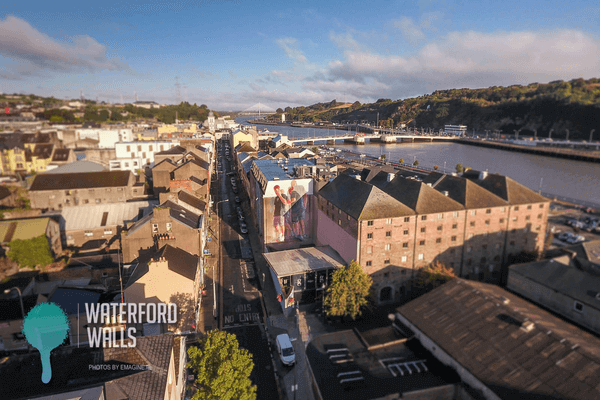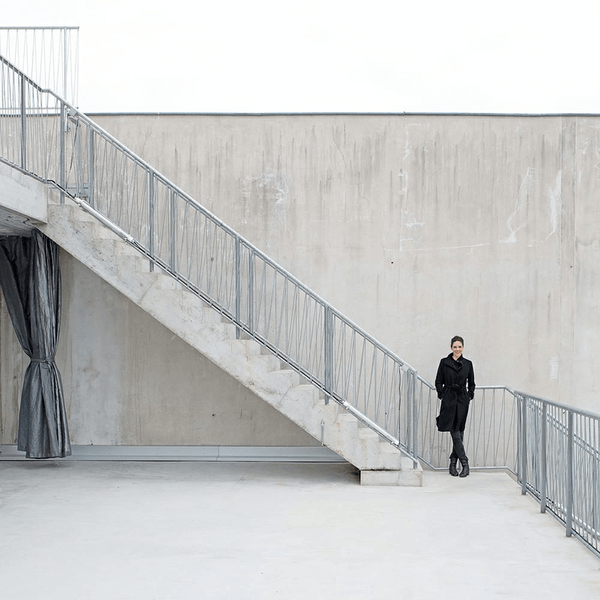Size and population development
Waterford had a population of 60,079 as of the 2022 census. The city is the fifth most populous city in the Republic of Ireland. The Waterford Metropolitan Area, which includes the city and its suburbs, has a population of 82,963.
Population composition
The population of Waterford is relatively balanced between males and females. The age distribution shows a young population, with a significant portion under 18 years old. The median age in Waterford is lower than the national average.
The ethnic composition of Waterford is predominantly White Irish, with a growing number of immigrants from various countries, particularly from Eastern Europe.
Main functions
Waterford is a city in Country Waterford in the south-east of Ireland and is situated at the head of Waterford Harbour. Waterford is known for its rich history, being the oldest city in Ireland. It's famous for its crystal production, which has been a significant part of the city's identity and was manufactured in the city from 1783 to 2009 and again from 2010 to the present day. The city also serves as an important economic and industrial centre in the South-East Region of Ireland.
Main industries / business
Waterford's economy is diverse, with a mix of industries including manufacturing, services, and tourism. Waterford Port is Ireland's closest deep-water port to mainland Europe, handling approximately 12% of Ireland's external trade by value.. The city is home to a number of multinational companies, particularly in the pharmaceutical and technology sectors. Waterford is also known for its retail sector, with a vibrant city centre and several shopping malls.
Sources for city budget
Waterford's local government revenue comes from a combination of commercial rates, property tax, grants from the central government, and various fees and charges. The city also receives funding from the European Union for various development projects.
Political structure
Waterford is governed by the Waterford City & County Council, which is the authority responsible for local government in the city and county. The Council consists of elected representatives from various electoral areas. Waterford is also represented in the Dáil Éireann, the lower house of the Irish Parliament, by members elected from the Waterford constituency.
Administrative structure
The administrative structure of Waterford City & County Council includes various departments such as Housing, Planning, Environment, Roads, and Community Development, among others. These departments are managed by officials appointed by the Chief Executive of the Council.
Website
http://www.waterfordcouncil.ie
